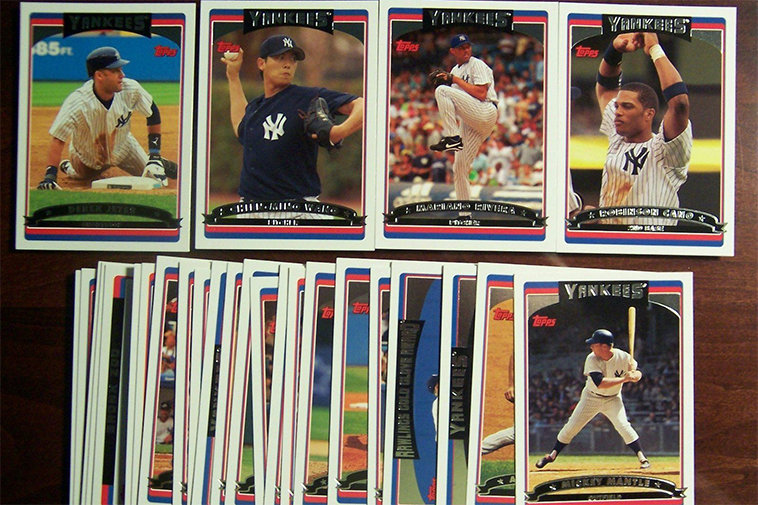Nick Nagao, manager of platform engineering for Global Billing and Payments at eBay's Austin office, is the kind of guy who continually looks for opportunities to step up to the plate, and create solutions. His quest has taken him to some unusual places. It has taken him to the dumpster at his apartment complex as he brainstormed ways to help his neighbors transport trash. And, in the case of a “side project” that Nagao worked on, it is changing the way people buy and sell trading cards online.
When he was growing up, Nagao collected baseball cards. Back in those days, people would buy, sell and trade cards by going to a local baseball card shop or a weekly card show. “You would literally show off your cards and make trades face-to-face,” said Nagao. “To determine what your cards were worth, you consulted Beckett, a kind of Kelley Blue Book price guide for baseball cards.”
Recently Nagao decided it might be fun to go back and try to visit the world of baseball card collectors that he had left behind. “But when I went to look for places to buy and sell sports card collectibles,” he said, “I discovered that after eBay came along, the old baseball card world had all but disappeared. eBay was the most prominent game in town.”
Recruiting Talent
As he delved further, Nagao wondered whether Beckett price guides were even of use anymore. Couldn’t he get a truer market value by mining old listings on eBay? Initial experiments indicated that he could, so he decided to build a tool to collect baseball card data from eBay.
Baseball is a team effort, so Nagao pitched his idea to another curious and inventive software engineer at eBay, Francisco Garcia. Together, they began creating a platform for managing baseball cards. They looked at the platform from a card shop owner’s perspective and created a road map, based on a value proposition/SWOT analysis.
Nagao had manually typed in a bunch of cards, and Garcia built some scripts to determine “recently sold” value data from eBay. Outside of their day jobs, they set about to catalog all the cards from data in Garcia’s program. Unable to find any web-based tools to manage collectible cards specifically, they built out some rudimentary interfaces for entering cards.
Beyond Collecting Data
Another part of the challenge also needed a solution. “Since eBay was now the primary source for buying and selling sports card collectibles, the entire idea of trading and showcasing your collection in person had totally vanished,” Nagao said. “We decided to enable people to create their own websites, through the content management system WordPress, for showing off their Peyton Mannings, Bryce Harpers, and other collectible cards.”
Soon they hit a friction point. Since condition is so important to baseball card collectors, good individual photos of cards are key. They designed a mobile app that could take pictures of the front, back and corners of each card and have it automatically load into their web interface. Once a picture of a card was in, a collector could use a keyboard and web interface to finish out the listing without tediously typing in card details on a mobile phone.
As the platform took shape and was named CardIcon, Nagao says his 15 years in financial services and experience with ATM optical character recognition (OCR) technology helped tremendously. As it turns out, he wasn’t the only one to connect the dots between OCR and eBay. “I learned that integration of mobile and web through OCR technology is already done or in the pipeline for the C2C development group,” he said. “There’s already a button on the site now that says ‘Use pictures from your mobile phone.’ I loved seeing this validation of an idea I had too, although I think the number of steps you take to in order to make it all work could be improved.” Similar frustrations will undoubtedly drive Nagao and Garcia as they make refinements to CardIcon and works to solve other future challenges.
Whenever you see need for improvement in your work or life, Nagao has some advice. “Look at every frustration as an opportunity,” he said. “Instead of just getting upset, focus on finding a solution.”

